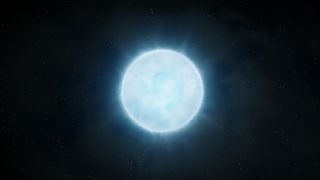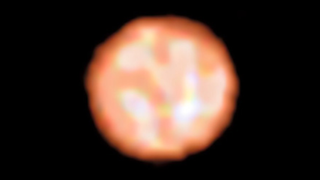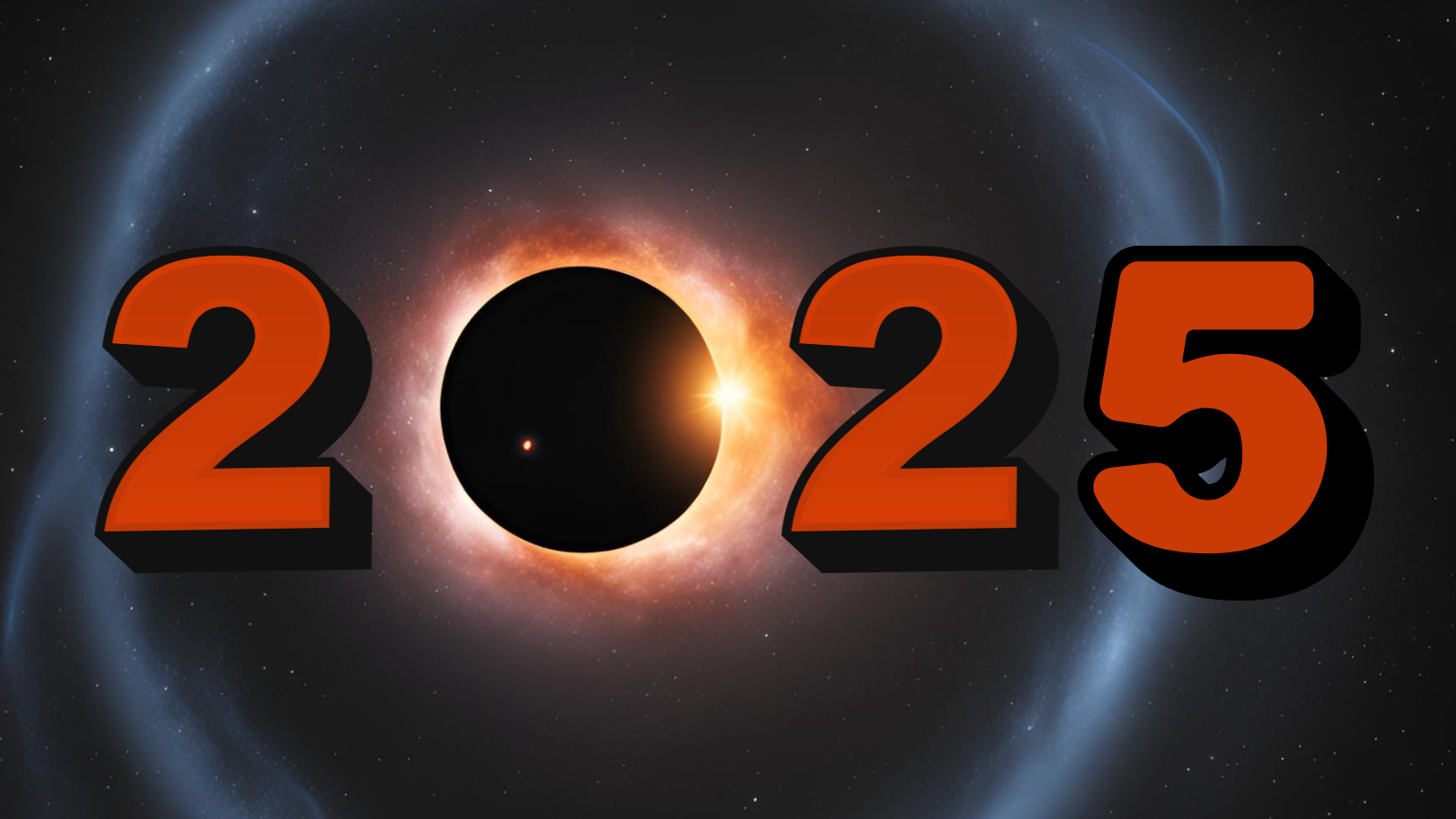Latest about Stars
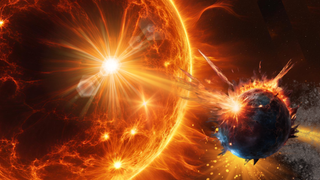
Planet-eating stars hint at Earth's ultimate fate
By Matthew R. Francis published
A sampling of aging Sun-like stars demonstrates that they likely eat their closest planets.
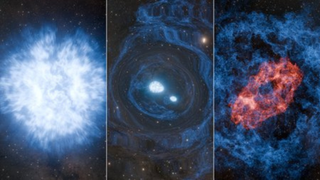
Astronomers may have spotted the 1st known 'superkilonova' double star explosion
By Robert Lea published
"We do not know with certainty that we found a superkilonova, but the event nevertheless is eye-opening."
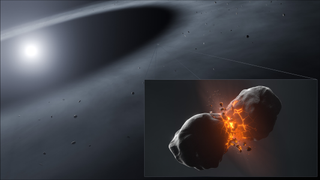
Astronomers capture 1st direct images of collisions in a nearby star system: 'It's like looking back in time'
By Robert Lea published
"It's like looking back in time in a sense, to that violent period of our solar system when it was less than a billion years old."
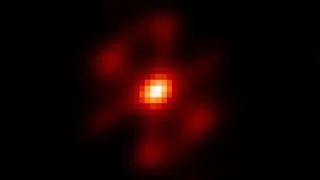
Astronomers capture close-up images of nova explosions on 2 dead stars in unprecedented detail
By Keith Cooper published
The nova eruptions come about when a white dwarf steals too much matter from a close red giant companion.
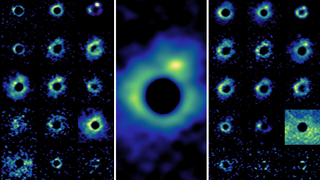
57 ways to capture a dying star: Astronomers get a glimpse of what will happen when our sun dies
By Robert Lea published
"With ALMA, we can now see the atmosphere of a dying star with a level of clarity in a similar way to what we do for the sun."
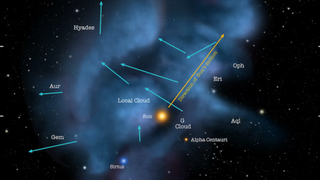
Scientists discover cosmic 'scar' in interstellar clouds left by a close shave between our sun and 2 intruder stars
By Robert Lea published
"It’s kind of a jigsaw puzzle where all the different pieces are moving."
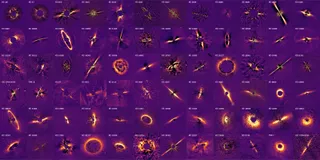
Scientists capture 51 images showing exoplanets coming together around other stars: 'This data set is an astronomical treasure'
By Samantha Mathewson published
The Very Large Telescope's SPHERE instrument captured unprecedented images of 51 dusty rings shaping young planetary systems.
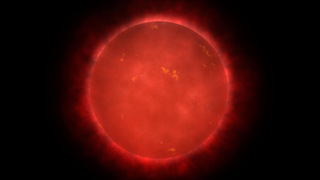
Why is this star so weird? Maybe because it ate one of its own planets
By Paul Sutter published
Astronomers are just beginning to scratch the surface of the complex, and sometimes violent, relationships between planets and their parent stars.
Breaking space news, the latest updates on rocket launches, skywatching events and more!
